How to Start a Clothing Brand (For Retailers): A Step-by-Step Guide

Are you a clothing store owner or retailer who’s ready to take control of your product line, brand identity, and profit margins? Moving from selling other brands to launching your own label might feel daunting, but with the right approach, it’s a powerful way to grow your business. This guide is tailored for retailers and walks you through how to start a clothing brand — from defining your niche to launching your first collection.
Define Your Niche & Brand Identity for your clothing brand
Every successful clothing brand begins with a sharp vision. As a retailer, you already understand what your customers buy, what they ignore, and what they want more of. Use this knowledge to carve out your space in the market.
Identify Your Target Audience: Go deeper than just age or gender. Are you serving professionals looking for sustainable workwear, or young shoppers chasing limited-edition streetwear drops? Their lifestyle, values, and spending patterns should shape your decisions.
Craft a Brand Story: People don’t just buy clothes — they buy meaning. Decide if your brand is about ethical sourcing, cultural celebration, or innovative fabrics. A strong story helps customers connect emotionally and stay loyal.
Build a Visual Identity: Name, logo, fonts, and color palette matter more than you think. These elements create instant recognition and help your brand stand out on a crowded rack or Instagram feed.
Business Plan, Costs & Legal Setup

Think of your business plan as the blueprint for your clothing brand. It keeps you grounded, helps secure funding, and sets milestones you can measure.
Financial Projections: List out all costs design, sampling, production, shipping, packaging, and marketing. For small setups, expect anywhere from a few thousand dollars up to $20,000, depending on collection size and marketing spend.
Funding Options: Bootstrapping keeps you in full control, while small business loans or angel investors give you extra capital. Decide what risk you’re comfortable with before you scale.
Legal Setup: Register your business as a sole proprietorship, partnership, or LLC. Don’t forget to trademark your brand name and logo to protect your identity before you hit the market.
Sourcing & Manufacturing (MOQs, Lead Times, QA)
Quality can make or break your clothing brand. Once designs are ready, sourcing reliable materials and manufacturers becomes your top priority.
Where to Source: India remains a leader in textile production, and Kolkata is a strong hub for kidswear, ethnic styles, and knitwear. Here, typical MOQs range from 50–300 pieces per style. Expect 7–10 days for sampling and 15–45 days for bulk production. Start with versatile fabrics like cotton jersey (180–220 GSM), rayon, or poly-cotton blends to control costs.
verified Kolkata wholesalers on Indian Wholesale Market for dependable sourcing.
Tech Packs & Samples: Always prepare a detailed tech pack — including measurements, fabric details, and stitching instructions — before production. Samples help spot mistakes early and avoid expensive errors.
Quality Control: Implement a clear QA process. Inspect fabric, stitching, and sizing before the final shipment leaves the factory.
Design Your First Collection
Your debut collection sets the tone for your clothing brand. Keep it tight, cohesive, and aligned with your identity.
Line Sheet: A professional line sheet acts as your sales catalog for wholesale buyers. Include high-quality product images, pricing, sizes, and MOQs.
Lookbook: Go beyond plain product shots. Styled photos in a lookbook show retailers and customers how to wear and pair your pieces. It’s a storytelling tool that makes your collection feel aspirational.
Pricing & Margins
Profit margins matter just as much as design. A quick formula helps you calculate the right pricing structure:
- Unit Cost = fabric + trims + CMT (cut-make-trim) + wash + wastage
- Landed Cost = unit cost + packaging + freight + duties
- Total Cost = landed cost + 10–15% overheads
- Wholesale Price = total cost x 1.5–1.8
- Retail Price (MRP) = wholesale price x 2.0–2.5
This math keeps your clothing brand profitable while staying competitive.
Go-to-Market: Website, Wholesale Outreach & Marketing

Once production is underway, it’s time to plan your launch.
Website & E-commerce: Treat your site as your storefront. Platforms like Shopify or Squarespace make setup simple. Focus on clean design, fast load times, and clear product pages.
Wholesale Outreach: Use your retail contacts, trade shows, and B2B marketplaces to land bulk orders. Wholesale sales can help you break even faster.
Social Media Strategy: Build brand personality on TikTok and Instagram with behind-the-scenes videos, styling tips, and influencer seeding. Pinterest works well for mood boards and aesthetic branding.
Email Marketing: Collect signups early. Automated sequences can share your brand story, launch updates, and special offers — a cost-effective way to keep your audience engaged.
90-Day Launch Plan
Breaking the process into phases helps avoid overwhelm and keeps you focused.
- In the first week (Days 1–7), focus on fixing your niche, building a mood board, and checking brand name availability.
- By Days 8–20: Create detailed tech packs, shortlist reliable suppliers, and request your first samples.
- Between Days 21–35: Go through the samples, share fit comments, finalize fabric choices, and confirm MOQs.
- From Days 36–70: As production begins, simultaneously build your Shopify site and plan your lookbook shoot.
- Around Days 71–85: Finalize pricing, prepare packaging with barcodes, and conduct the last QA checks.
- In the Days 86–90 window: Do a soft launch with loyal buyers and kick off influencer seeding campaigns.
- During Days 90–120: Gather customer feedback, study early sales, reorder best-sellers, fine-tune your designs, and map out your next collection.
Final Thoughts
Starting a clothing brand as a retailer gives you a unique advantage you already know your customers better than anyone. With careful planning, reliable sourcing, and smart marketing, your brand can grow from a side project into a core part of your business.
Need help sourcing fabrics or getting custom quotes? Request a price list directly through our Contact Page.

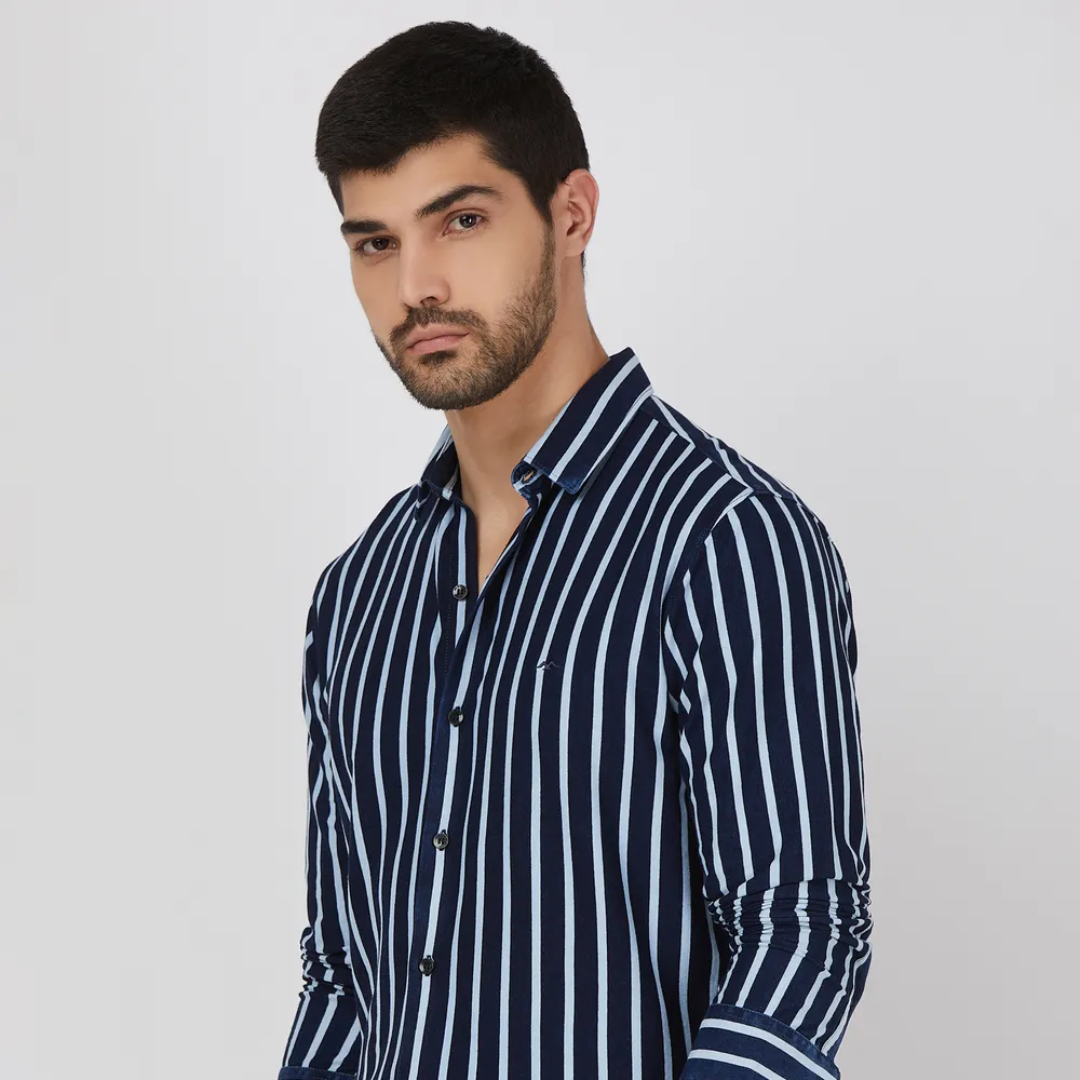
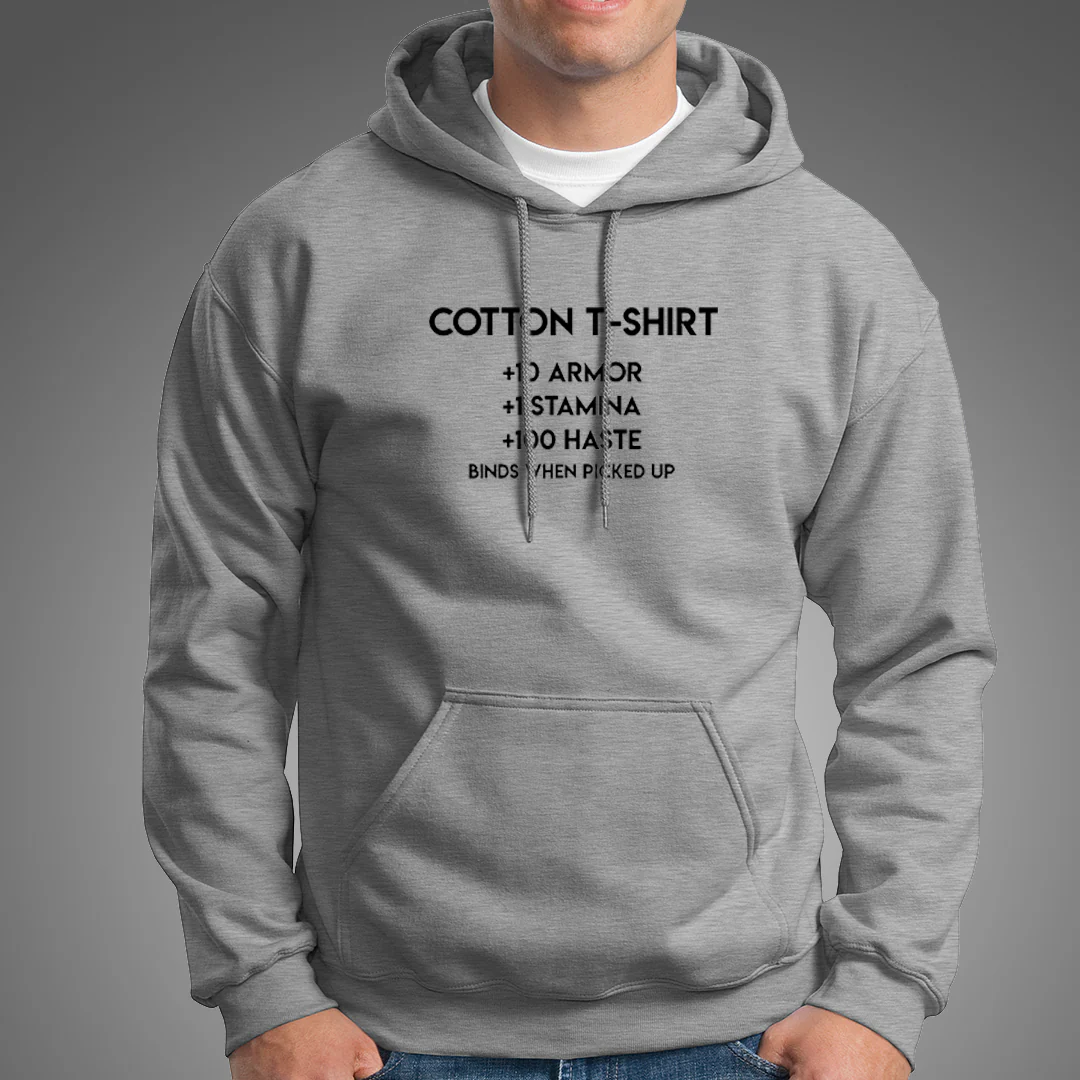
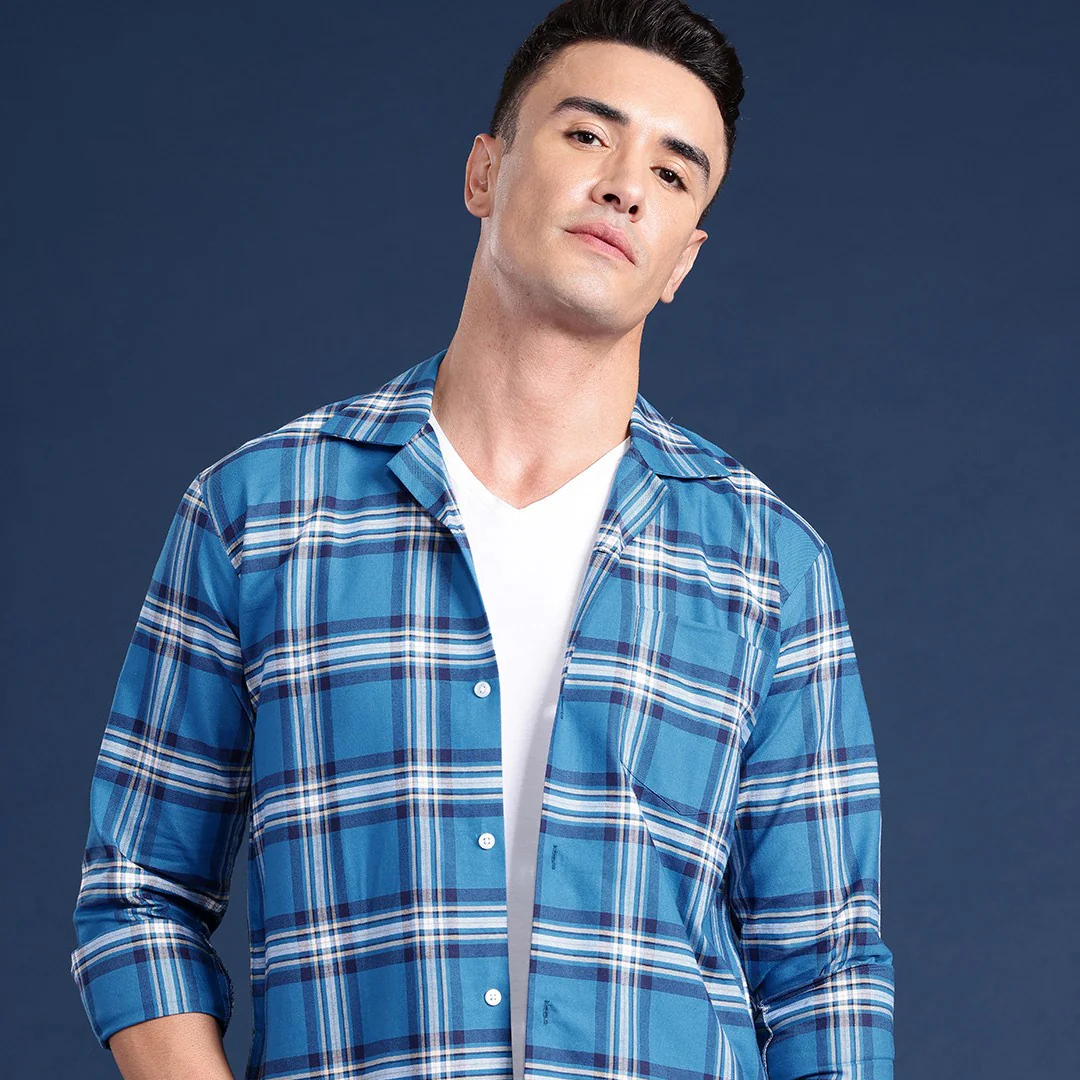
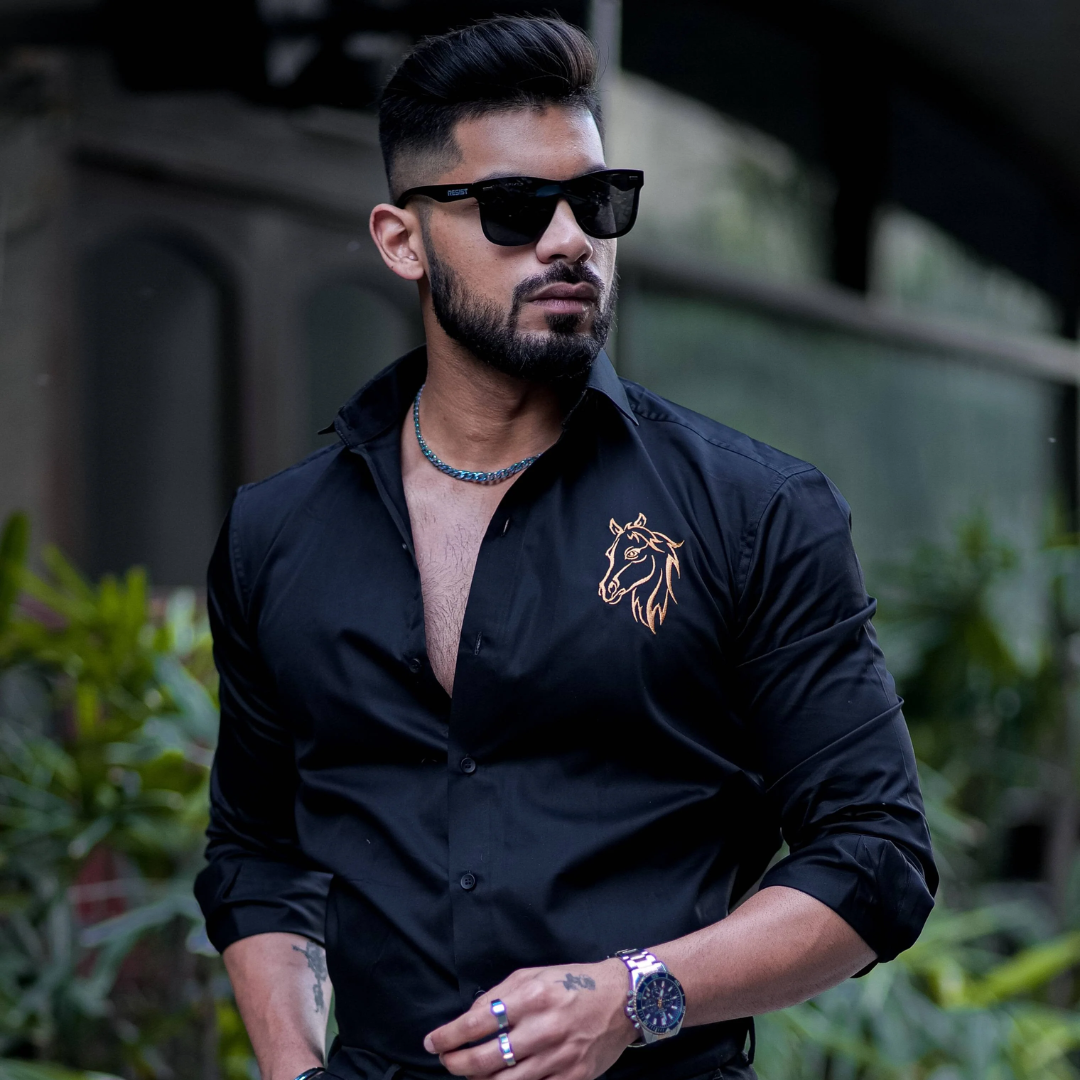
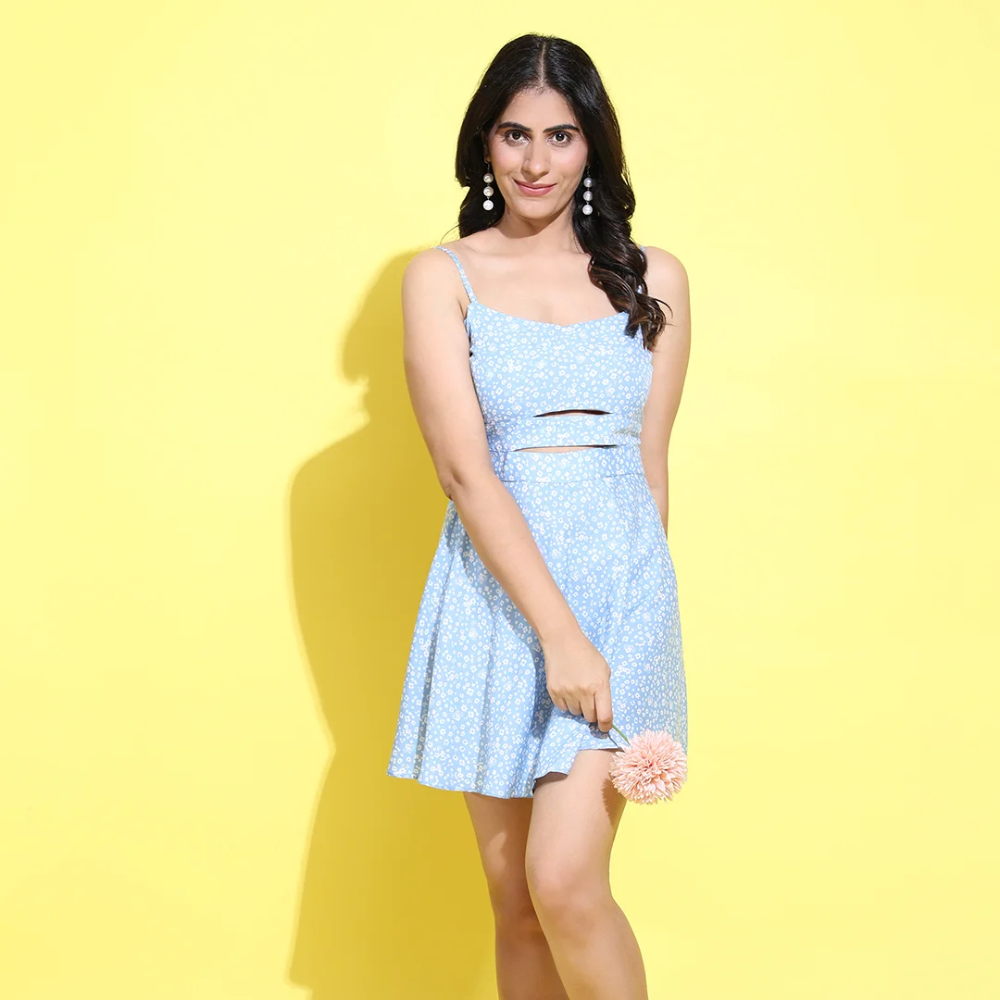

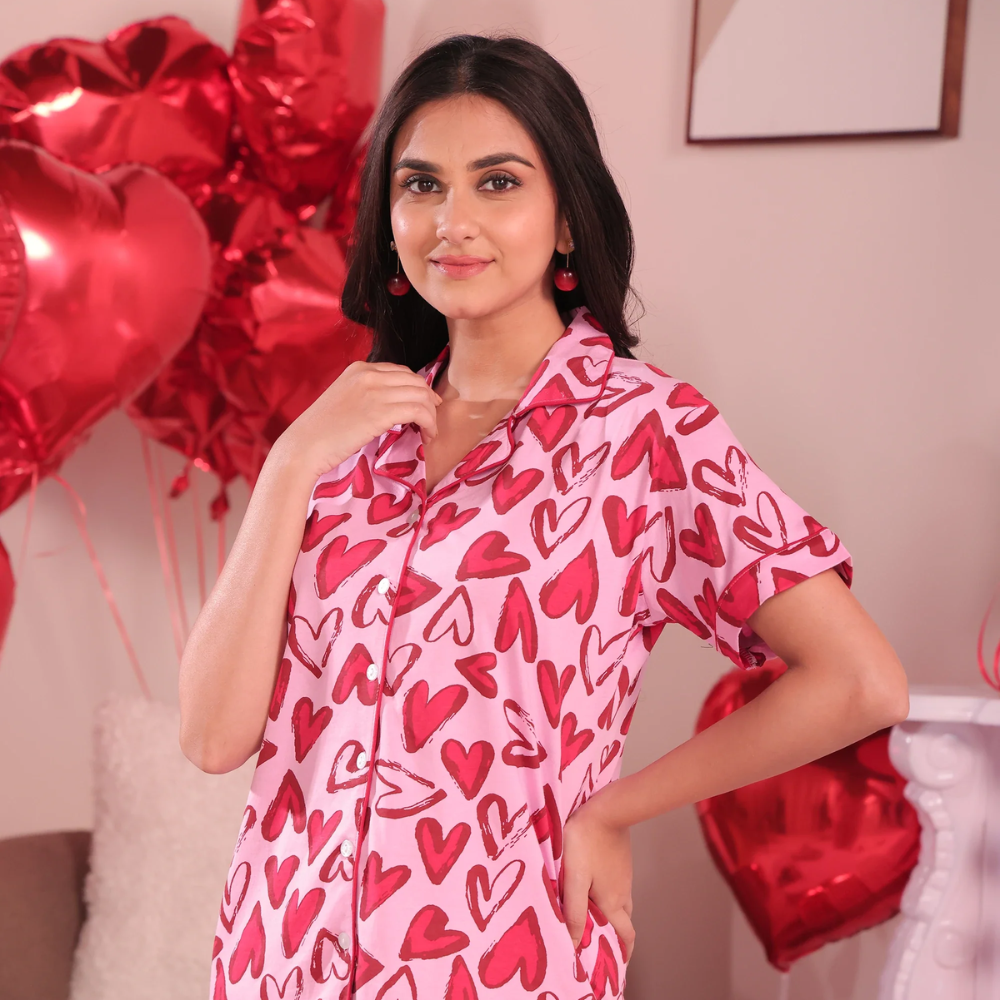
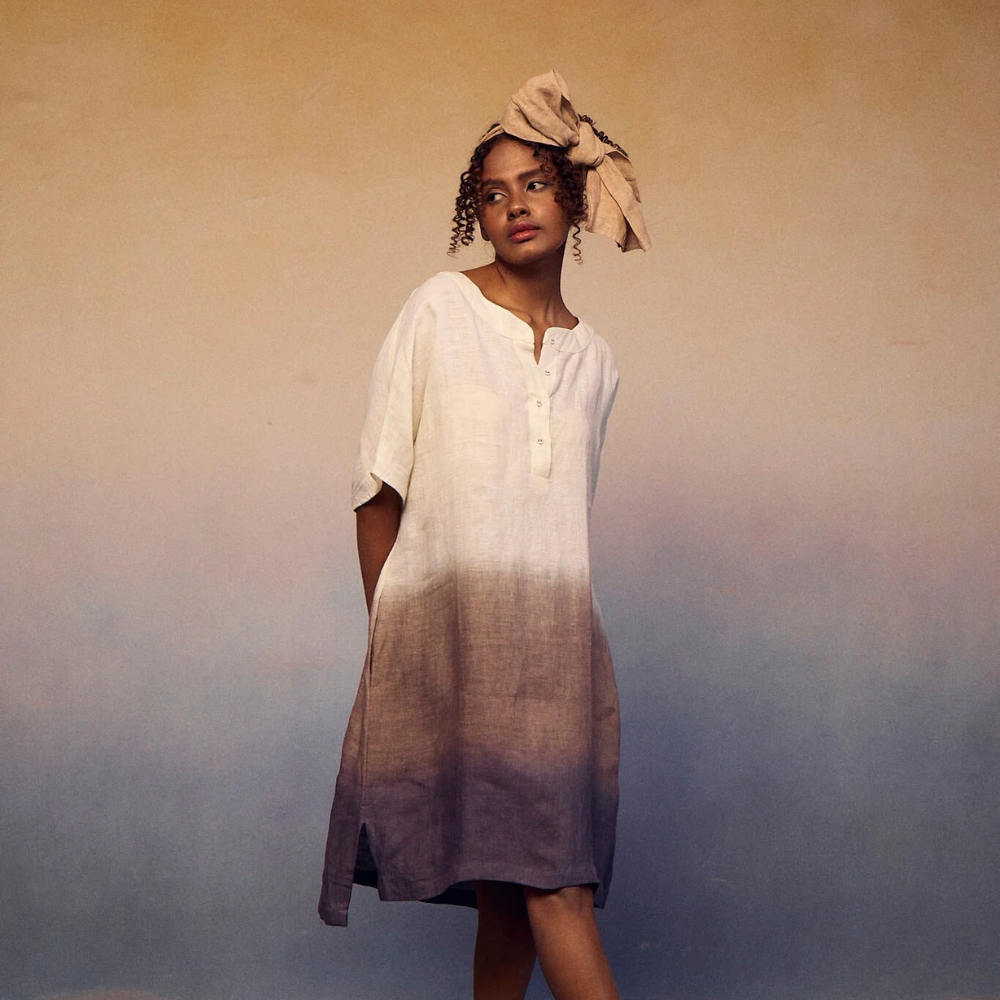
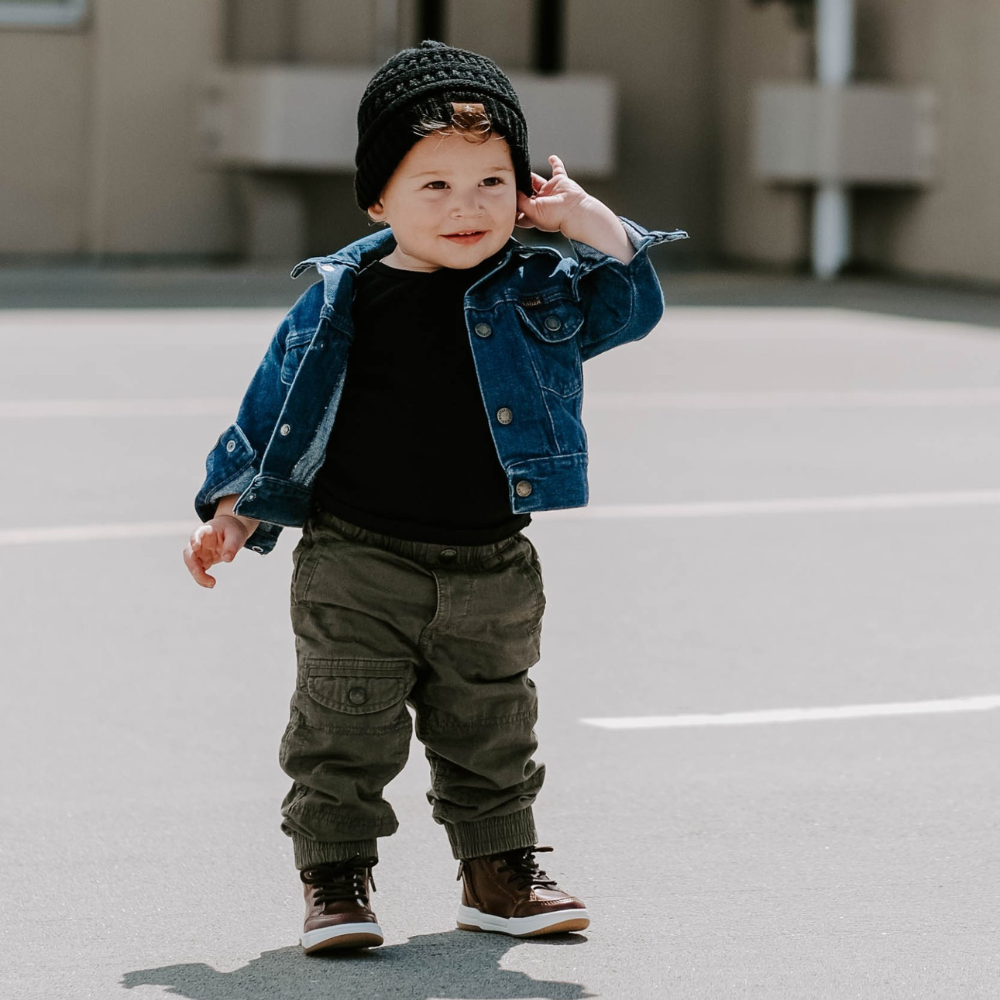
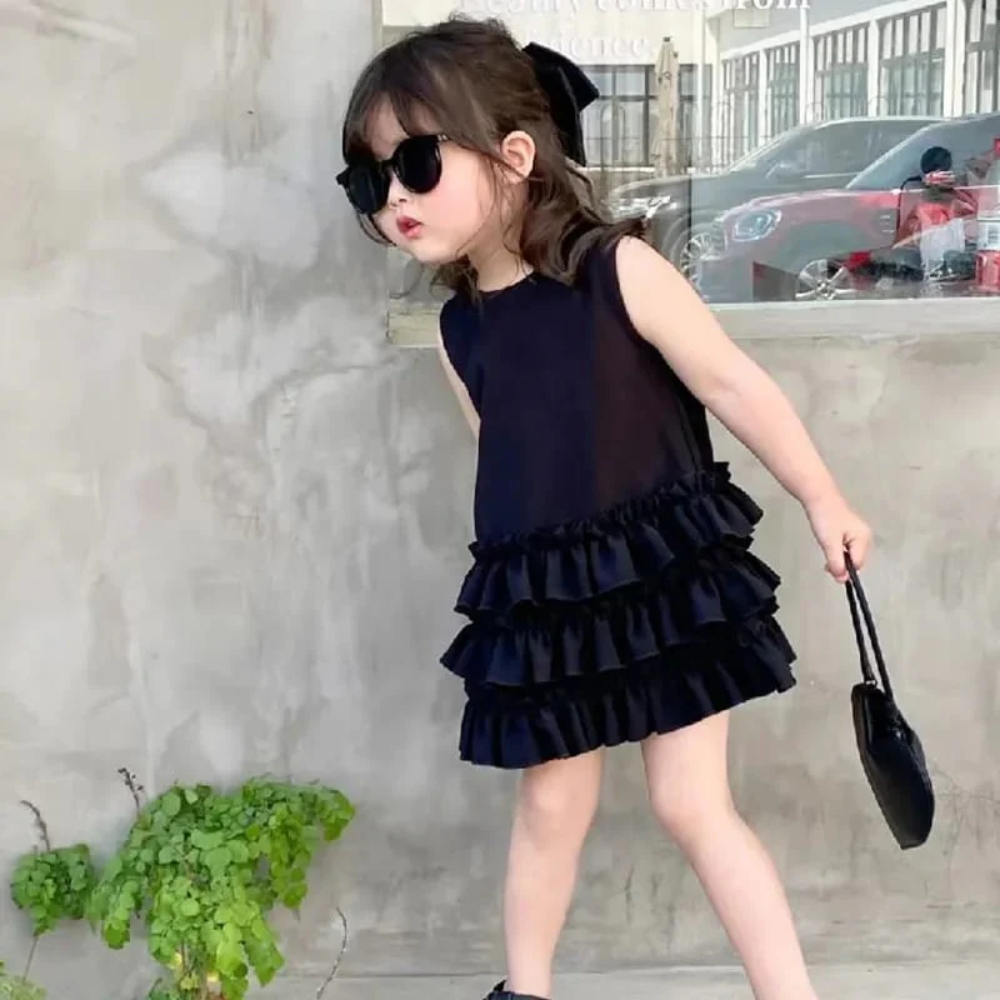




Leave a comment